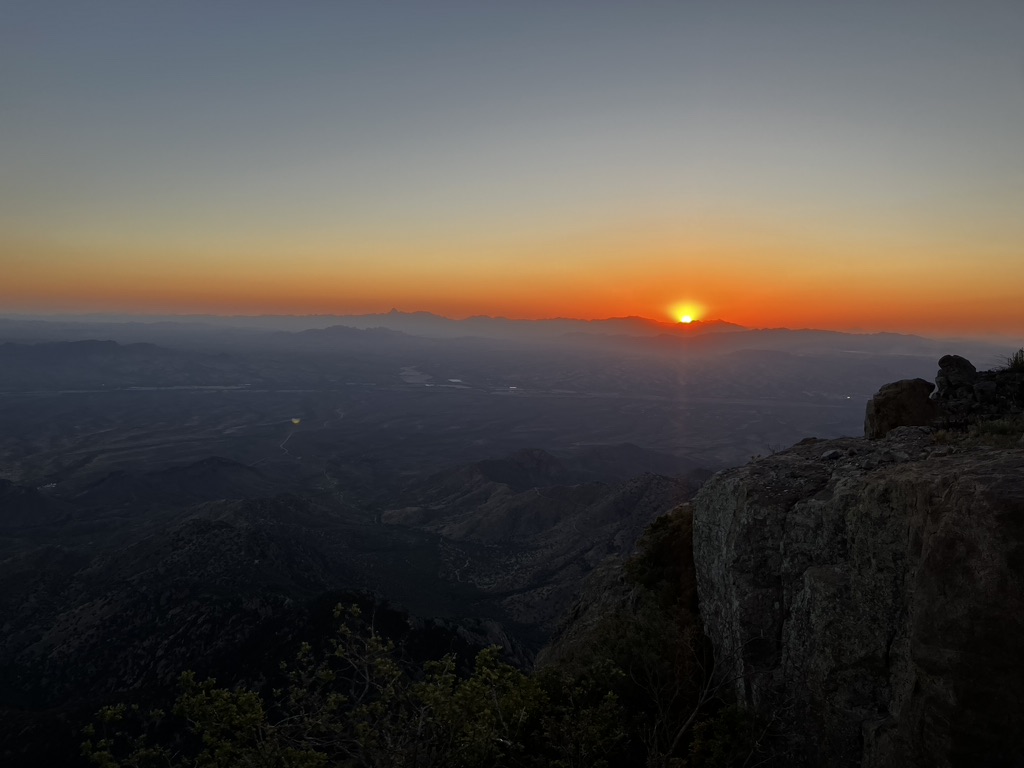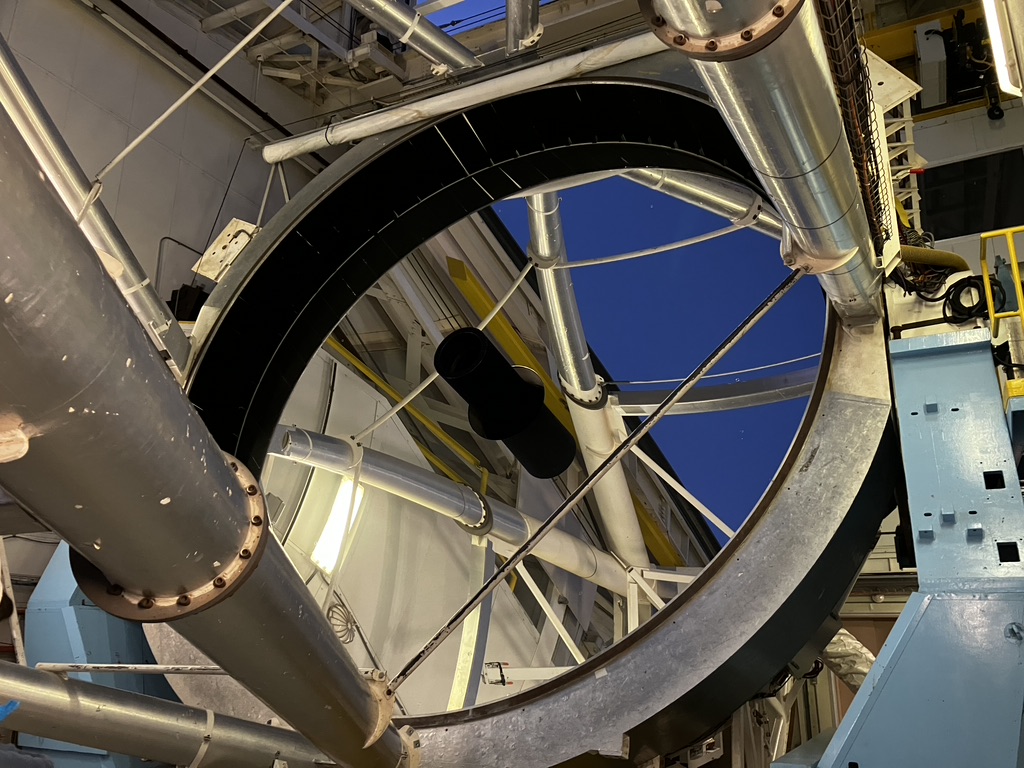After some berating from @jlong, here is my inaugural post! First, an obligatory observatory picture.
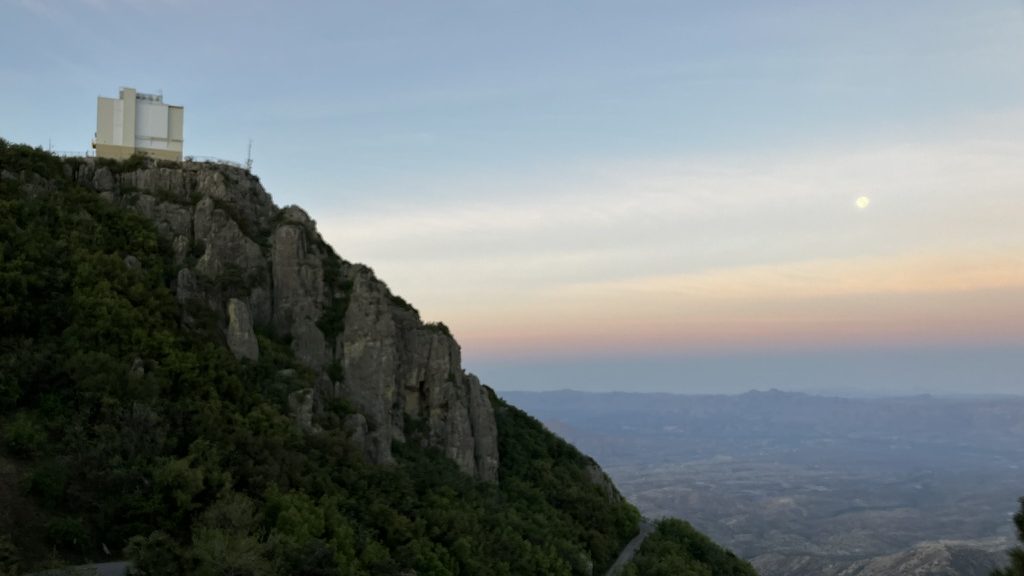
The MIRAC-5 team arrived Friday, June 2nd to prepare for installation of the latest iteration of the instrument. Originally conceived in 1988 by Bill Hoffmann at the University of Arizona, MIRAC (Mid-Infrared Array Camera) is an ever-evolving mid-IR camera built for observing between 1 and 18 microns. It has a long and illustrious career of testing out mid-IR technologies, including various detectors and nulling interferometry (test bed for LBTI nulling). As the name suggests, we are on the 5th iteration after almost a 10-year dormancy period!
MIRAC was pulled out of retirement and refurbished to house a new mid-IR detector: the 2k x 2k GeoSnap-18 array manufactured by Teledyne. This GeoSnap is an engineering grade device with a wavelength cut-off of 13 microns. Designed for high-background applications this array is perfect for ground-based mid-IR astronomy! The primary features are wavelength sensitivity at H, K, L, M, and N-Bands (science-grade arrays will extend down to 0.7 microns), well depths of 1.3 million e– (twice that for science-grade), and continuous frame rates of >85 Hz without any reset or data acquisition overheads! After commissioning of MAPS and MIRAC, we plan to use these instruments to characterize exoplanet and brown dwarf atmospheres in the mid-IR, complementing the capabilities of JWST MIRI.
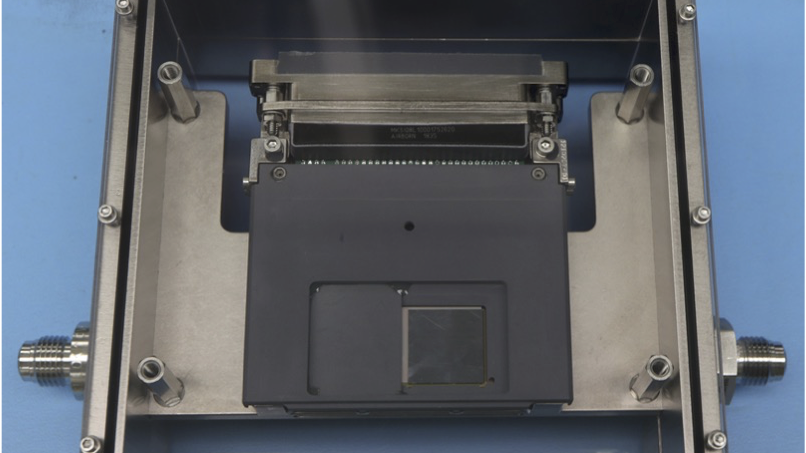
Anyway, off came the PISCES camera and on went MIRAC. Comparatively, MIRAC is a bit of a beast.

Upon hooking up the bazillion cables, we realized that the fiber extender used to transfer the data from the GeoSnap detector to the computer (located in an adjacent rack) wasn’t working as expected. The only solution was to keep the original (short) cables attached and strap the computer to the instrument cart on the telescope. It didn’t seem to complain about the free ride.
After bringing the detector temperature to a cool 40K, we were able to get the acquisition software working on the first try thanks to the diligent efforts of our software engineer Dennis Hart and successful implementation of the @jrmales’s rtimv visualization software.
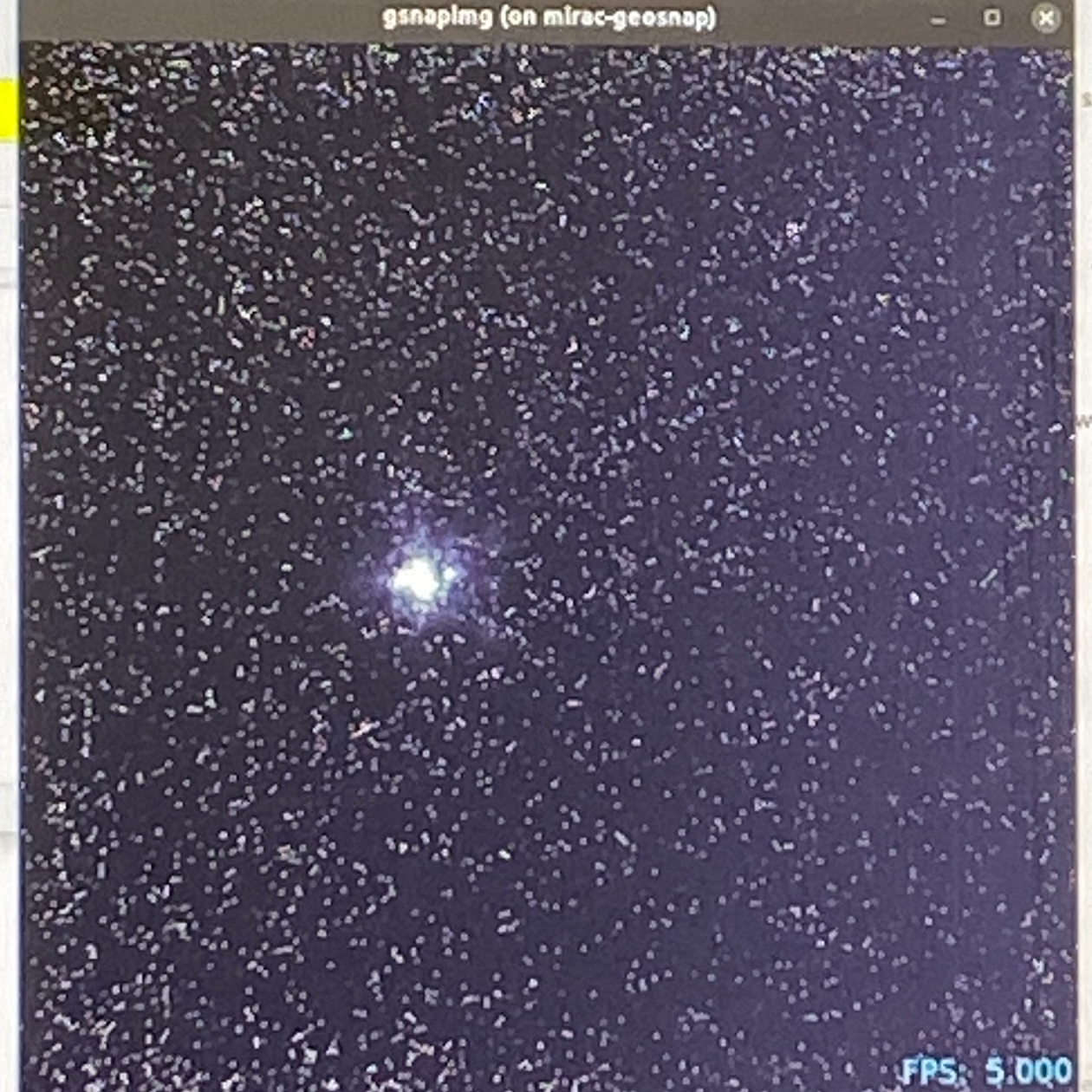
Throughout the evening, we successfully acquired a number of stars, co-aligned with MAPS, performing continuous PSF display at high frame rates, tested internal pupil chopping operations, measured background levels, and a whole host of other commissioning activities. While a few challenges inevitably arose, which we will address during the summer, it has been a pretty successful and rewarding “pre-commissioning” run so far!
Additional Random Photos
